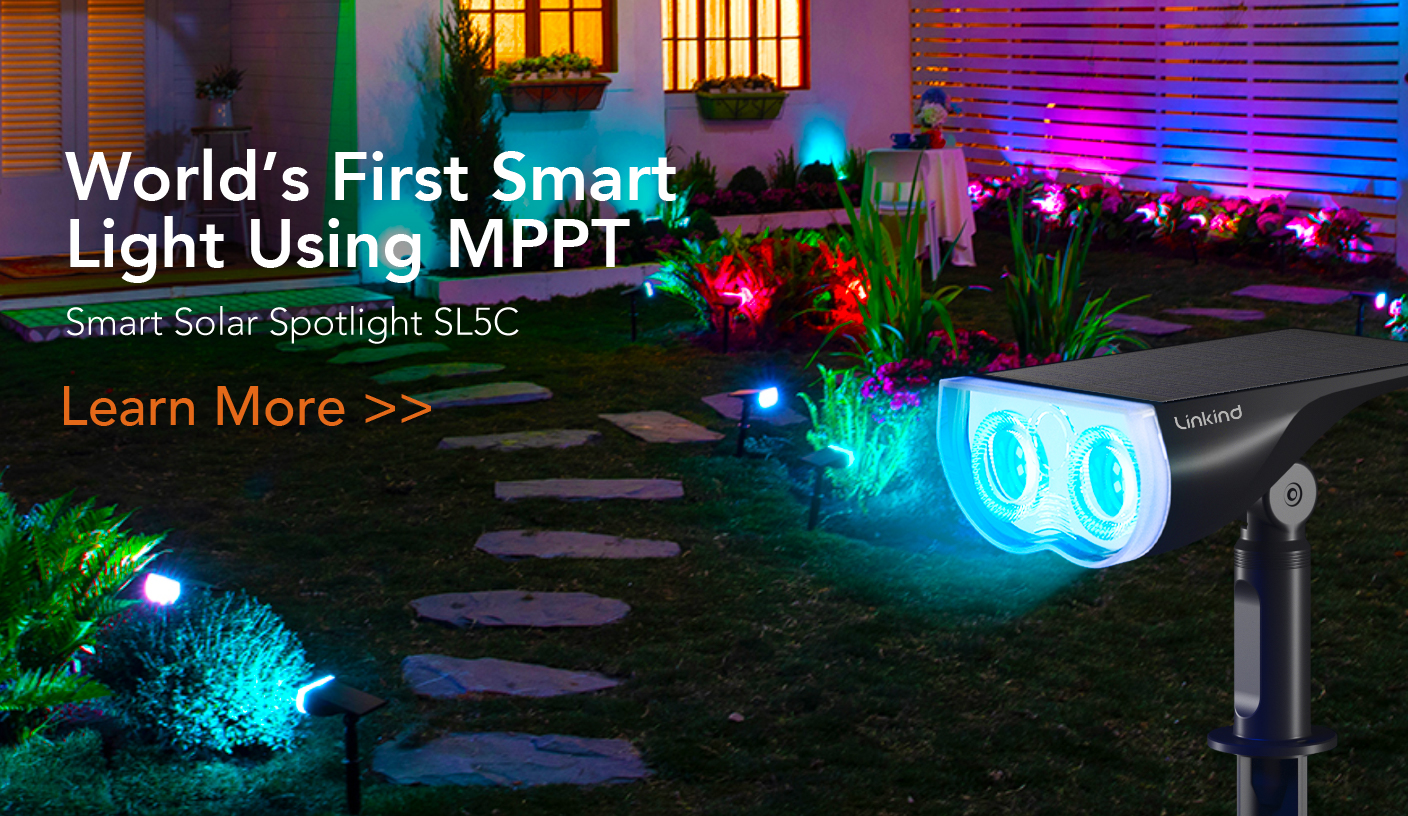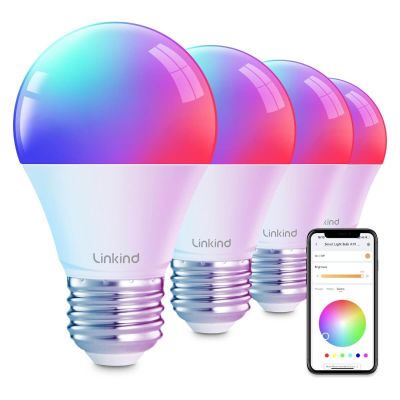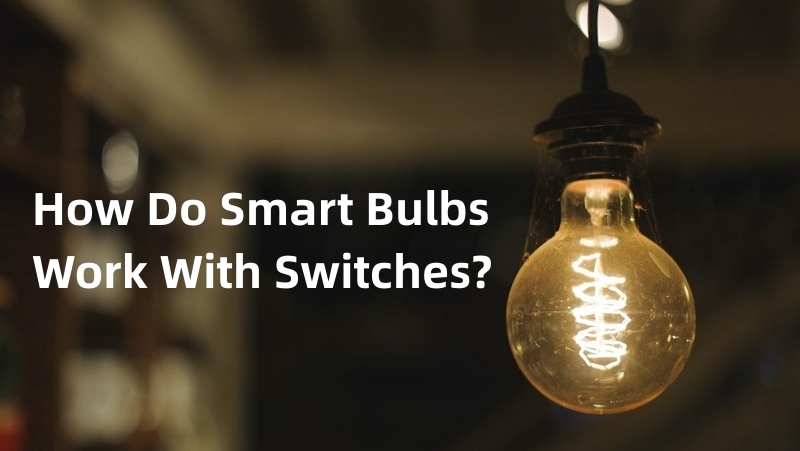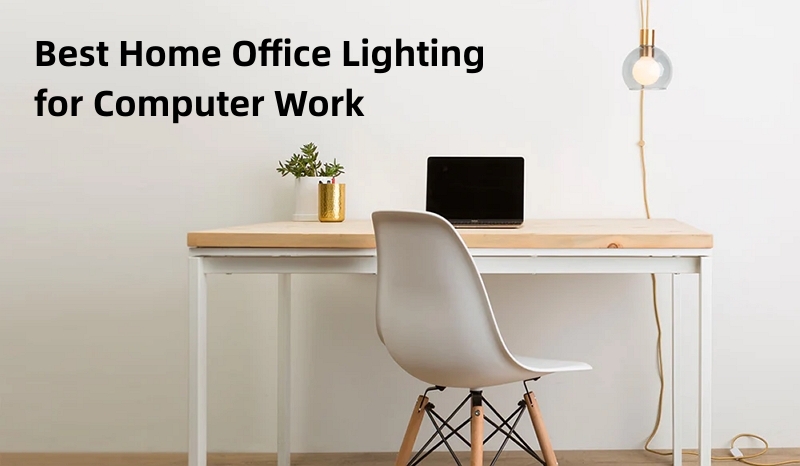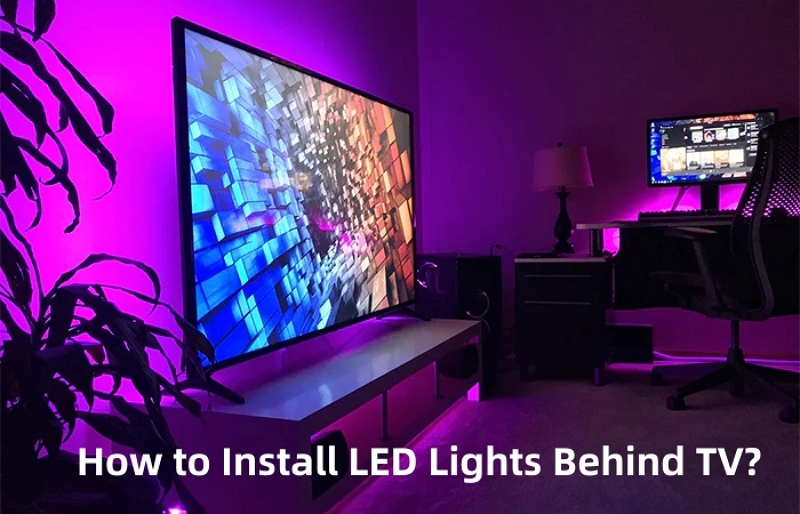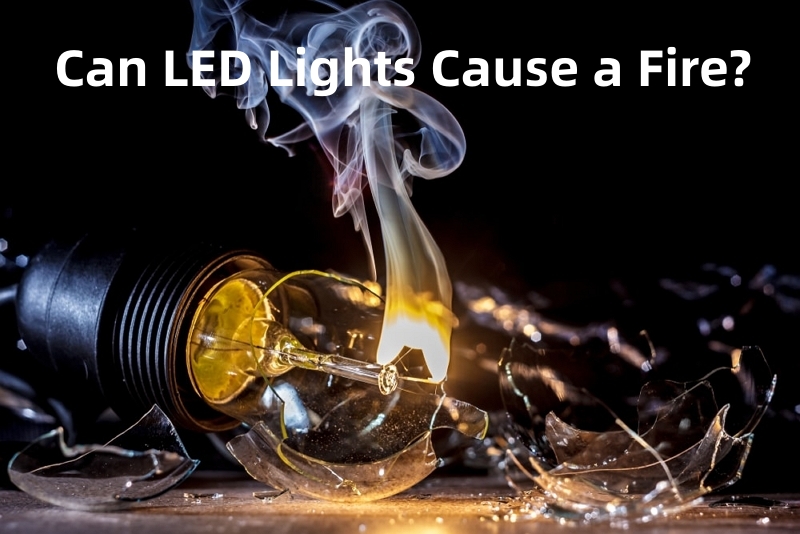Have you ever wondered, "Why is my LED light flickering?" or faced other issues with your LED lighting? LED lights have become increasingly popular due to their energy efficiency, longevity, and eco-friendliness. However, they can sometimes pose challenges.
In this article, we will delve into 10 common problems with LED lighting, offer feasible solutions for each, and introduce a must-buy LED light for 2023.
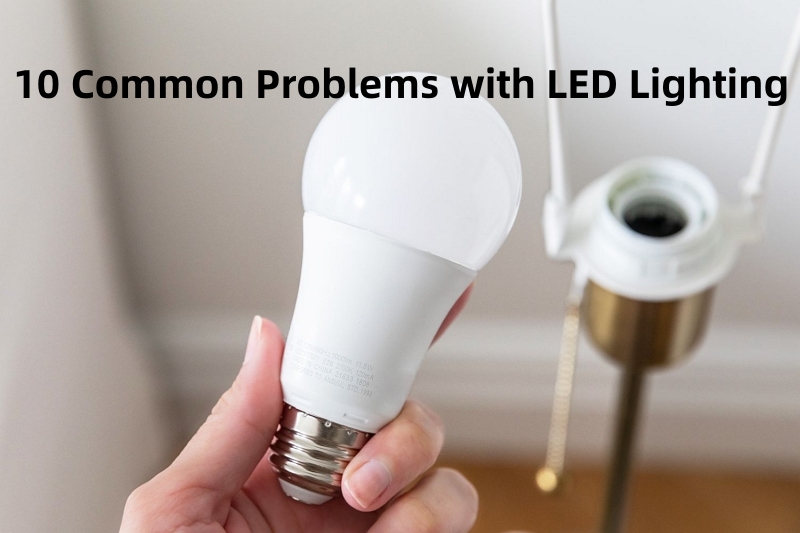

Part 1. What Are LED Lights and How Do They Work?
LED (Light Emitting Diode) lights are a type of solid-state lighting technology that converts electrical energy directly into light. They have become increasingly popular due to their energy efficiency, long lifespan, and eco-friendliness compared to traditional incandescent and compact fluorescent (CFL) bulbs.
An LED light is a semiconductor material, usually made from compounds like gallium, arsenic, or phosphorus. When an electrical current passes through the semiconductor, the movement of electrons within the material generates energy in the form of photons, which are light particles. This process, called electroluminescence, results in light emission from the LED.
The semiconductor material's energy bandgap determines the color of the light emitted by an LED. Different materials have different bandgaps, which produce varying colors of light. LEDs can emit light in various colors, including red, green, blue, and white. White LEDs are usually created by using a blue LED with a phosphor coating, which converts part of the blue light into other colors, ultimately producing white light.


Part 2. 10 Common Problems & Fixes with LED Lighting
Even though LEDs are energy efficient and long-lasting, they can still pose challenges. Here are some common problems with LED lighting and how to fix them:
1. Flickering
Flickering is a common issue with LED lights. It often occurs due to fluctuations in the power supply or using incompatible dimmer switches. In residential settings, flickering might be noticeable when you dim your lights while watching a movie or having a romantic dinner.
To resolve this issue, ensure you use a dimmer switch designed for LED lights or stabilize the power supply. Additionally, investing in high-quality LED bulbs with built-in flicker-free technology can provide a more stable lighting experience.
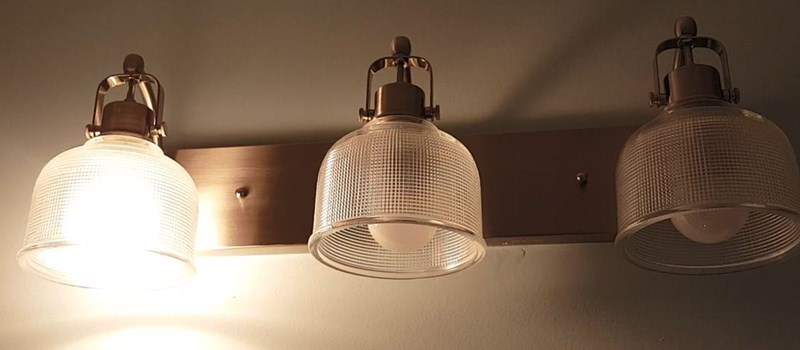

2. Buzzing
When paired with an incompatible dimmer switch, buzzing or humming sounds may come from LED lights. In office environments, this can be particularly distracting and decrease productivity. Replacing the dimmer switch with one specifically designed for LEDs should solve this problem.
Alternatively, you can remove the dimmer switch altogether and use a standard on/off switch to eliminate the buzzing sound. Ensure that the LED bulbs you purchase are compatible with your chosen dimmer switch to avoid this issue in the first place.
3. Inconsistent Color Temperature
Different LED bulbs may produce inconsistent color temperatures, creating an uneven lighting environment. This can be especially problematic in areas like the living room or kitchen, where uniform lighting is essential.
To fix this, purchase bulbs with the same color temperature from a single manufacturer and replace any mismatched bulbs. Pay attention to the color temperature (measured in Kelvins) when buying LED bulbs and opt for bulbs with a similar rating for a cohesive lighting atmosphere.
4. Inadequate Brightness
LED lights might not provide enough brightness for tasks like reading or working on a computer. This issue can stem from using low-lumen bulbs or not having enough light sources in a room.
To address this problem, select LED bulbs with a higher lumen rating to increase brightness. Additionally, consider adding more light fixtures or employing task-specific lighting solutions, like desk lamps or under-cabinet lighting, to enhance the overall lighting in your space.
5. Overheating
While LED lights generate less heat than incandescent bulbs, but they can still overheat if not installed correctly or lack proper heat dissipation. Overheating can lead to reduced bulb lifespan or, in extreme cases, pose a fire risk.
To prevent overheating, ensure that the LED bulbs have adequate ventilation and are installed in fixtures specifically designed for them. Also, avoid using LED bulbs in enclosed fixtures unless they are explicitly rated for such use.


6. Compatibility Issues with Smart Home Systems
Some LED lights may not work seamlessly with smart home systems, causing connectivity or control issues. For instance, you might not be able to control your LED lights' brightness or color temperature using your smart home app.
To tackle this problem, ensure that you purchase LED bulbs and fixtures compatible with your specific smart home system. Check product specifications and customer reviews for compatibility information before making a purchase.
Sometimes, the problem can be solved by simply resetting the connection between the LED lights and your smart home system.
7. Premature Failure
Occasionally, LED bulbs may fail before their expected lifespan. This could be due to manufacturing defects, poor-quality components, or inadequate heat dissipation. Invest in high-quality LED bulbs from reputable brands to prevent premature failure and ensure proper installation.
If you experience early failure, check the warranty terms and contact the manufacturer for a replacement. Proper maintenance, like cleaning dust and debris from fixtures and ensuring appropriate ventilation, can also help prolong the life of your LED lights.
8. Radio Frequency Interference (RFI)
Some LED lights can cause radio frequency interference, affecting the performance of electronic devices such as Wi-Fi routers, televisions, or radios. This can lead to connectivity issues or signal disruptions in your home.
To minimize RFI, choose LED bulbs with low electromagnetic emissions and ensure they meet Federal Communications Commission (FCC) standards. If you're already experiencing RFI issues, try repositioning your LED lights further away from the affected devices, or consider using a different type of LED light that produces less interference.
9. Ghosting
Ghosting refers to LED lights glowing faintly even when they're switched off. This can happen when the circuit has residual current or the wiring is improperly grounded. Ghosting can be particularly bothersome in bedrooms, where it may disrupt sleep.
To fix this issue, hire a professional electrician to inspect and correct any wiring or grounding problems. Alternatively, you can try using an LED-compatible switch or installing a bypass capacitor to minimize ghosting.
10. Inaccurate Color Rendering
LED lights might not accurately reproduce colors, resulting in a washed-out or unnatural appearance. This can be problematic when using LED lights to showcase artwork or when precise color accuracy is required, such as in photography studios.
To address this issue, look for LED bulbs with a high color rendering index (CRI) rating, which indicates how accurately the light source reproduces colors. Bulbs with a CRI of 90 or above are generally considered to have excellent color rendering capabilities.
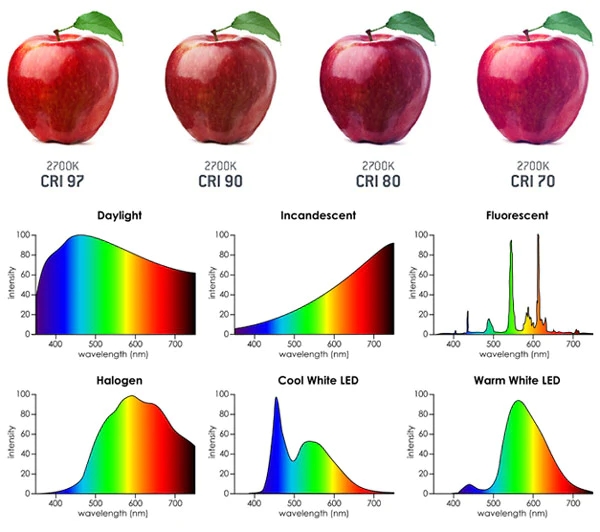

Part 3. A Must-Buy LED Light in 2023
One outstanding LED light worth considering is the AiDot Smart Corner Floor Lamp. This versatile and stylish lamp is a fantastic addition to any space, offering various features that make it an excellent choice for modern homes.
Some of the best features of the AiDot Smart Corner Floor Lamp include the following:
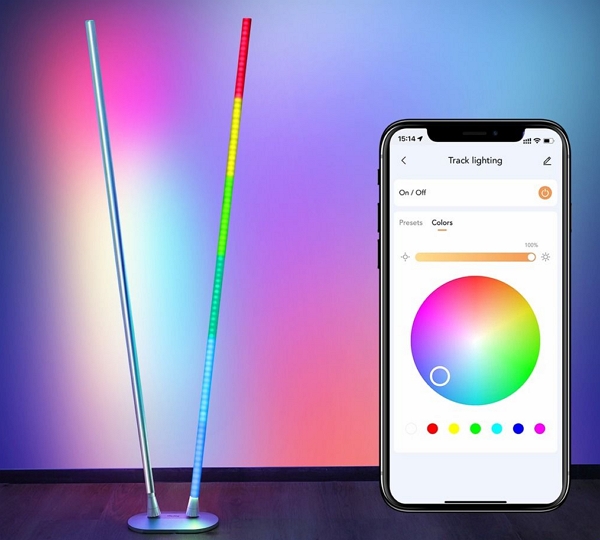

- Adjustable Color Temperature: you can adjust the color temperature from 2700k-6500k warm/cool white to match your daily lighting needs.
- Amazing Colors: With 16 million total colors and 20 lighting effects, this lamp can bring any vibe you want:
- Dazzling Music Mode: With the 8 pre-set reactive music modes, the light can dance to every beat of your music.
- Hands-Free Voice Control: Integrated with Amazon Alexa, this floor lamp offers voice control for ultimate convenience.
- App Control: You can use the AiDot app to control the light and customize the lighting effects the way you like.
- Adjustable Angles: The bars support 355° rotation and 15° angle adjustment front and rear, meeting different lighting needs in various scenarios.
- Elaborate Design: The metal craft embodies a futuristic techstyle; the weighted base adds more stability; the silicone light strip ensures more vivid color.
[Bonus Now]: Here is an exclusive coupon code only found in blog posts. Save it now (AiDotBG01) and get 10% off at our AiDot mall!
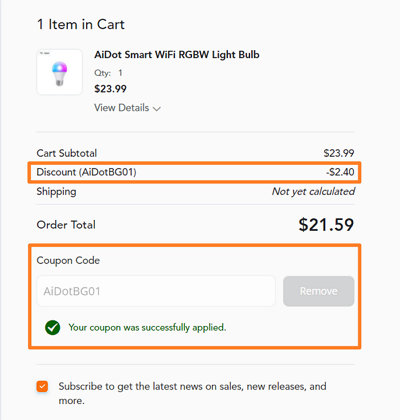

Conclusion
LED lighting has revolutionized the way we illuminate our homes and workspaces, providing energy-efficient, eco-friendly, and long-lasting solutions. However, as with any technology, it's not without its challenges.
By being aware of the common problems associated with LED lighting and implementing the solutions provided in this article, you can ensure a better overall lighting experience in your home or office. Taking the time to research and invest in high-quality LED products, like the AiDot Smart Corner Floor Lamp, will enhance your space aesthetically and provide you with reliable and consistent lighting.
The AiDot Smart Corner Floor Lamp, with its modern design, advanced features, and compatibility with popular smart home systems, is an excellent choice for anyone looking to upgrade their lighting setup. Its integration with Amazon Alexa and Wi-Fi connectivity allows for seamless control, making it a perfect addition to a smart home ecosystem. Moreover, its energy-efficient LED lights and customizable settings offer a versatile lighting solution for various situations and moods.
As we continue to embrace LED technology and its many benefits, it's essential to stay informed about potential issues and solutions. By doing so, we can maximize the advantages of LED lighting while minimizing any drawbacks. For more information on innovative lighting products, visit the AiDot website discover the wide range of smart lights available to enhance and transform your living spaces.













